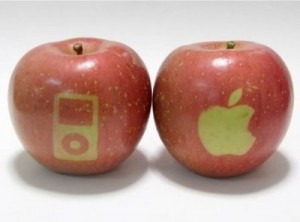“How Jobs put Passion into Products” Article link:

Profit margin is the percentage of revenue that a company makes calculating the profit accounting for fixed and variable costs. There are two ways to look at the profit margin, either narrow profit margin or wide profit margins.
In the beginning of this article Bill gates expresses “PCs as components held together by plastic and screws manufactured on low-cost assembly lines, a commodity business with  narrow profit margins.” According to “Steve Jobs and Apple never — ever — wanted to be a low-margin commodity producer,” Donald Norman, a former vice president for advanced technology at Apple. As learned in class, food chains such as restaurants are low-cost commodities. It’s very easy to start but very difficult to succeed. Low cost commodities seem to be beneficial but very deceiving. Apple is a company that is a high margin commodity producer. As an Apple user, I can testify to the quality of Apple products. Elegance and innovation are all two things that really stand out to me. It’s very inspiring to see how much passion is put into Apple products. Steve Jobs has left an amazing legacy and his works will be passed on for generations to come.
narrow profit margins.” According to “Steve Jobs and Apple never — ever — wanted to be a low-margin commodity producer,” Donald Norman, a former vice president for advanced technology at Apple. As learned in class, food chains such as restaurants are low-cost commodities. It’s very easy to start but very difficult to succeed. Low cost commodities seem to be beneficial but very deceiving. Apple is a company that is a high margin commodity producer. As an Apple user, I can testify to the quality of Apple products. Elegance and innovation are all two things that really stand out to me. It’s very inspiring to see how much passion is put into Apple products. Steve Jobs has left an amazing legacy and his works will be passed on for generations to come.



